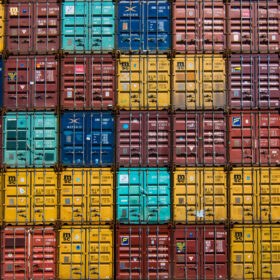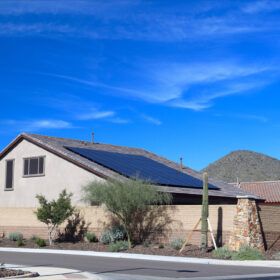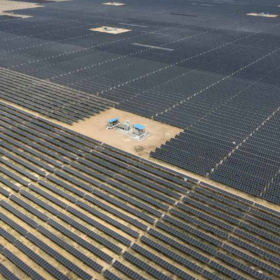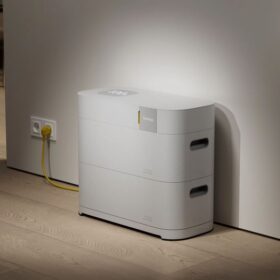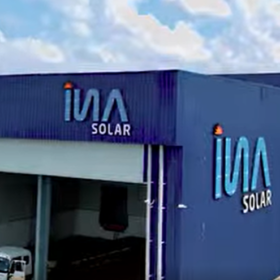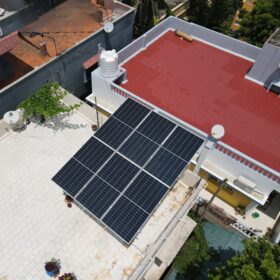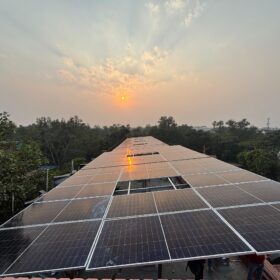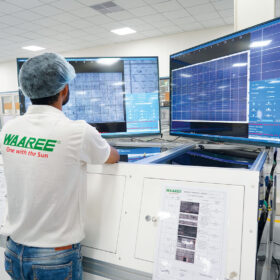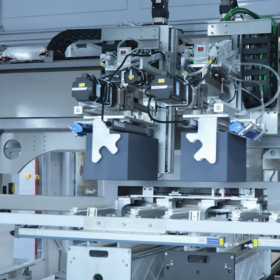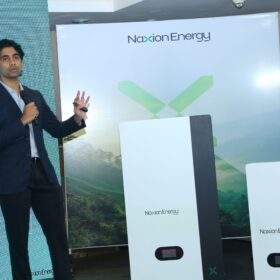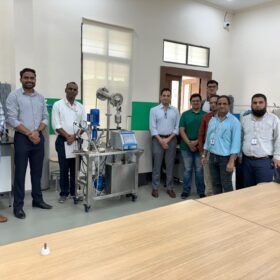A tightened U.S. solar trade environment
Tariffs, foreign content restrictions, and antidumping and countervailing duty investigations have reshaped the landscape for imports of solar components and manufactured products.
How rooftop solar can complicate residential real estate transactions
Many homeowners assume leased or loaned solar systems will boost their home’s value, but outstanding loans often drag down equity instead.
India expected to add over 45 GW of solar capacity in FY 2026: SBICAPS
India installed 18 GW of solar power capacity in the first five months of FY 2026 and is on track to add over 45 GW during the fiscal year, according to a new report by SBICAPS.
Carbon as collateral: The next big idea in consumer lending for green assets
Carbon as collateral represents a practical financial innovation that can influence the pace of sustainable adoption in India. It assigns clear monetary value to environmental benefit and integrates this into consumer lending models. With appropriate regulatory backing and reliable accounting systems, the idea holds potential to expand credit availability, reduce cost barriers and support national climate commitments while creating long term economic opportunities.
SolarEdge unveils all-in-one residential inverter and clickable modular battery system
The stackable battery ranges 4.9 kWh to 19.6 kWh per unit while the inverter is available in ranges from 3.8 kW to 13 kW. The company also introduced a meter socket adapter to avoid triggering costly main panel upgrades.
France’s Sunology introduces modular residential battery
The system plugs into either a standard power outlet or the main electrical panel and automatically captures surplus solar energy – whether generated by rooftop panels or a portable plug‑and‑play kit. Up to four modules, each with a capacity of 2,200 Wh and 500 W of output, can be combined, and the system comes with a 7,500-cycle warranty for long-term reliability.
Sunshine at your doorstep: Making solar a household staple in India
India’s rooftop solar potential is vast. Policy momentum, domestic manufacturing expansion, and innovative retail models are laying the groundwork for mass adoption. The focus now must be on making solar a simple, dependable household choice — where purchasing panels is as straightforward as buying a home appliance.
Insolation Energy sets up step-down subsidiaries for solar power projects
Jaipur-based solar module manufacturer Insolation Energy Ltd has announced that its subsidiary, Insolation Green Energy, has incorporated four new wholly owned subsidiaries for the purpose of setting up solar power plants.
Why every Indian home should consider solar in 2025
When you combine lower solar hardware costs with rising grid tariffs, payback periods tighten—especially for homes that consume 200–400 units a month and can run major daytime loads (fridge, fans, air-cooling, work-from-home equipment) on solar power.
What most people don’t know about solar layouts
This article discusses the often-overlooked technical considerations involved in designing and laying out a high-performance solar system.
